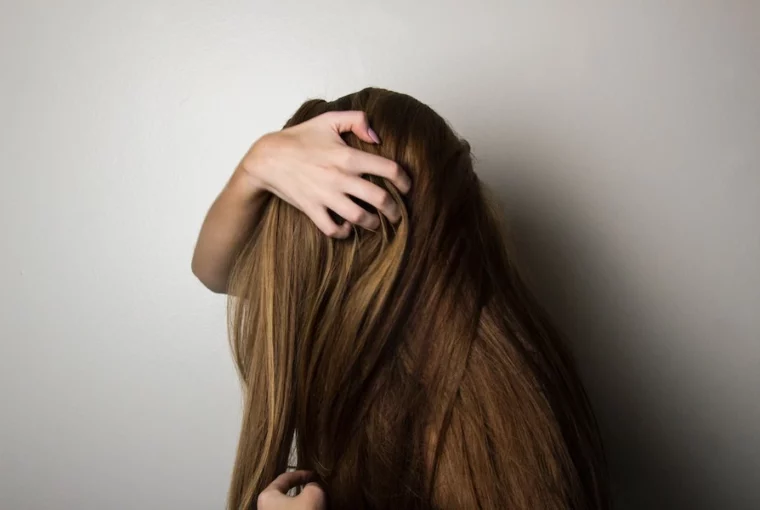Fine hair can be more fragile and prone to breakage so must be treated with proper care and attention. If you or any of your clients have fine hair, you’ll know extra care is required to ensure that it stays strong and healthy.
The Difference Between Thin Hair And Fine Hair
People often confuse fine hair with thin hair but the two are quite different when it comes to texture and density. It’s possible to have not very much hair but have thick strands or conversely, lots of fine hair. This is due to fine hair having a smaller strand diameter than thick hair.
Thin hair, however, is the result of fewer hair strands, no matter the diameter size. Thick or fine hair is what you are born with, whereas thin hair is something that may be genetic or can happen as the result of ageing, hormones or stress.
Recommended Daily Regimes For Fine Hair
If you or your clients have fine hair, here’s how to keep it healthy and looking great.
Wash it less often
People with fine hair might struggle with it looking flat and/or greasy and washing daily or every other day can actually exacerbate this problem. Instead, you should wash your hair only 2-3 times per week avoiding shampoos that contain sulphates. If you need a freshen-up in-between washes, use a dry shampoo on your roots. Many dry shampoos are also known to help add some extra body to finer, flatter hair, so it’s a win-win!
Choose your products carefully
Opt for a volumising shampoo and conditioner and a lightweight mousse for styling that won’t weigh your fine hair down.
It is also important to study the ingredients list in shampoos and conditioners as many cheaper brands have chemicals that can dry out hair and cause further damage.
Some of the main culprits include:
- Sulphates
- Parabens
- Formaldehyde
- Isopropyl alcohol
- Propolyn glycol
Treat it gently
Be careful when combing wet hair as this is when fine hair is most prone to snapping. It is recommended to gently take a comb or wet brush from the ends whilst holding it nearer the roots and work your way to the top. Allow hair to dry naturally as often as possible and avoid excessive heat styling like daily curling or straightening as this can damage the hair’s keratin stands and further weaken its structure.
Styling
Be careful how you brush the hair – always use a soft bristle brush and, like with wet hair, start from the ends to detangle knots without causing any breakage. To add volume, leave it until it’s 75% dry then blow dry upside down to finish, which will give the roots a boost and add the illusion of thickness. With fine hair being more fragile, you should try to opt for less harsh colouring options such as semi-permanent hair colour or natural henna-based products.
Regular hair cuts
Fine hair is more prone to split ends and should be cut at least every 4-6 weeks. This will keep it looking healthy and make it more manageable whilst also promoting new hair growth.
Common Problems For Fine Hair And How To Avoid Them
People with fine hair tend to struggle with certain issues. Here are some common complaints and how to handle them.
Knots and tangles
Fine hair tangles and knots easily, which can lead to hair excessive breakage. Keeping hair well-moisturised with quality conditioners and hair masks can lessen the likelihood of tangling. It is also recommended to wear the hair in protective styles, such as plaits rather than wearing it loose as this can prevent it from knotting during the day. A silk pillowcase can also be an option to limit knotting during the night, especially for longer hair.
Lack of volume
Fine hair looks thinner, even if there is a lot of it. This means it can be difficult to create volume with fine hair. Choose volumising products to aid you, such as mousse, wax, thickening sprays, hairspray, or even dry shampoo. However, remember not to overdo it as too much product will have the opposite effect and weigh fine hair down. Blow-drying the hair upside down or switching up the parting side can also help to add some extra volume at the roots.
Looks greasy
The scalp’s natural oils can travel down fine hair strands much faster than they can with thicker hair, meaning that fine hair has a tendency to appear greasy even when it’s been washed the day before. Use dry shampoo between washes and only apply conditioner to hair that’s below your ear level to try and keep grease at bay.
Fine hair may sometimes seem like a lost cause, but with the right care and attention, you or your clients will be sporting those luscious locks in no time.




